LEARN :: FUEL :: PERFORM
Blog
Eating healthy does not have to be expensive!
The back to school period can be overwhelming for parents or students living on their own when thinking about lunch planning. Not only lunch planning does not have to be complicated, it can also be inexpensive. We are conditioned to think of healthy food as expensive because of “superfoods”. Yet some of the most nutritious foods are the cheapest – think of legumes, whole grains and broccoli!
Don’t be fooled by expensive “superfoods”! To this day, there is no agreed definition for this term and many so-called superfood health claims remain unproven.
Here are some practical tips to help you save some money:
- Make your own meals. Prepping your own meals is less expensive than buying ready-to-eat, prepared meals or eating out.
- See what’s on sale. Look at grocery store flyers to see what items are on sale.
- Shop at grocery stores or supermarkets. These stores offer more variety and usually cheaper prices than convenience stores or small specialty shops.
- Avoid shopping when you’re hungry. When you shop on an empty stomach, everything suddenly looks delicious! You may be more tempted to buy foods you don’t need.
- Get to know the supermarket layout and where the healthy foods are located. On the perimeter (or outside aisles) of the store you will usually find the fresh vegetables, fruit, fish, lean meat, eggs and lower fat milk products. Go to the inside aisles for other nutritious staples such as grain products, beans, nuts, seeds, peanut butter and whole grains.
- Buy in season. Vegetables and fruit are cheaper when they are in season.
- Buy frozen or canned. When fresh is out of season or too expensive, buy frozen or canned vegetables and fruit. They are just as nutritious. If using canned vegetables, rinse them under cold water first to wash away some of the sodium.
- Look at the “best before” and expiry dates. Choose foods with a best before or expiry date that will give you enough time to eat it all and prevent waste.
- Buy nutritious foods that are inexpensive. Foods such as oats, eggs, potatoes, tofu, rice, whole grains (bread, pasta, rice, quinoa), canned fish (sardines, tuna), apples, carrots, broccoli and bananas are nutritious and inexpensive.
- Include plant-based proteins in your diet. Legumes (beans, peas and lentils), tofu and edamame are nutritious, inexpensive and are great meat alternatives.

